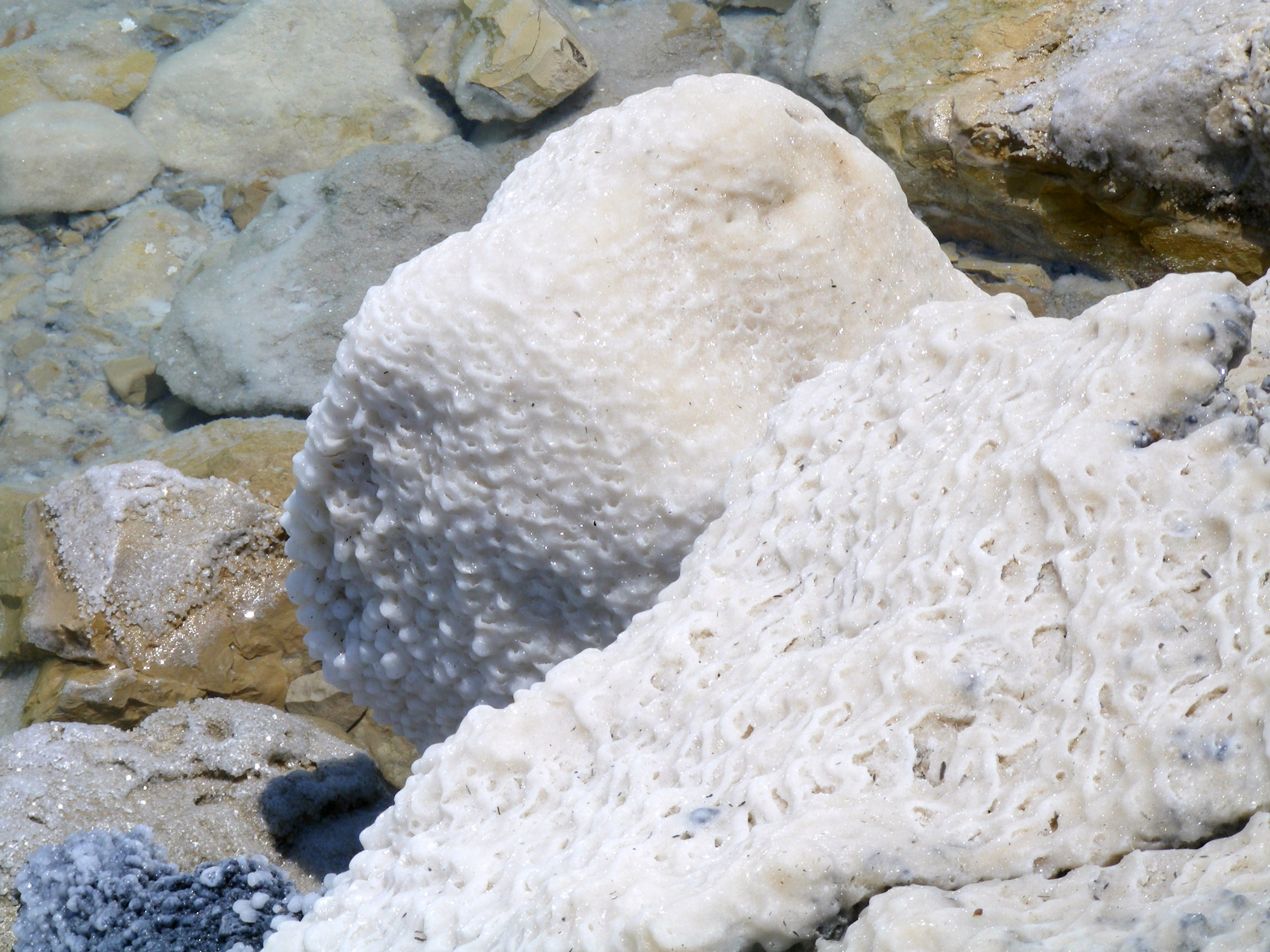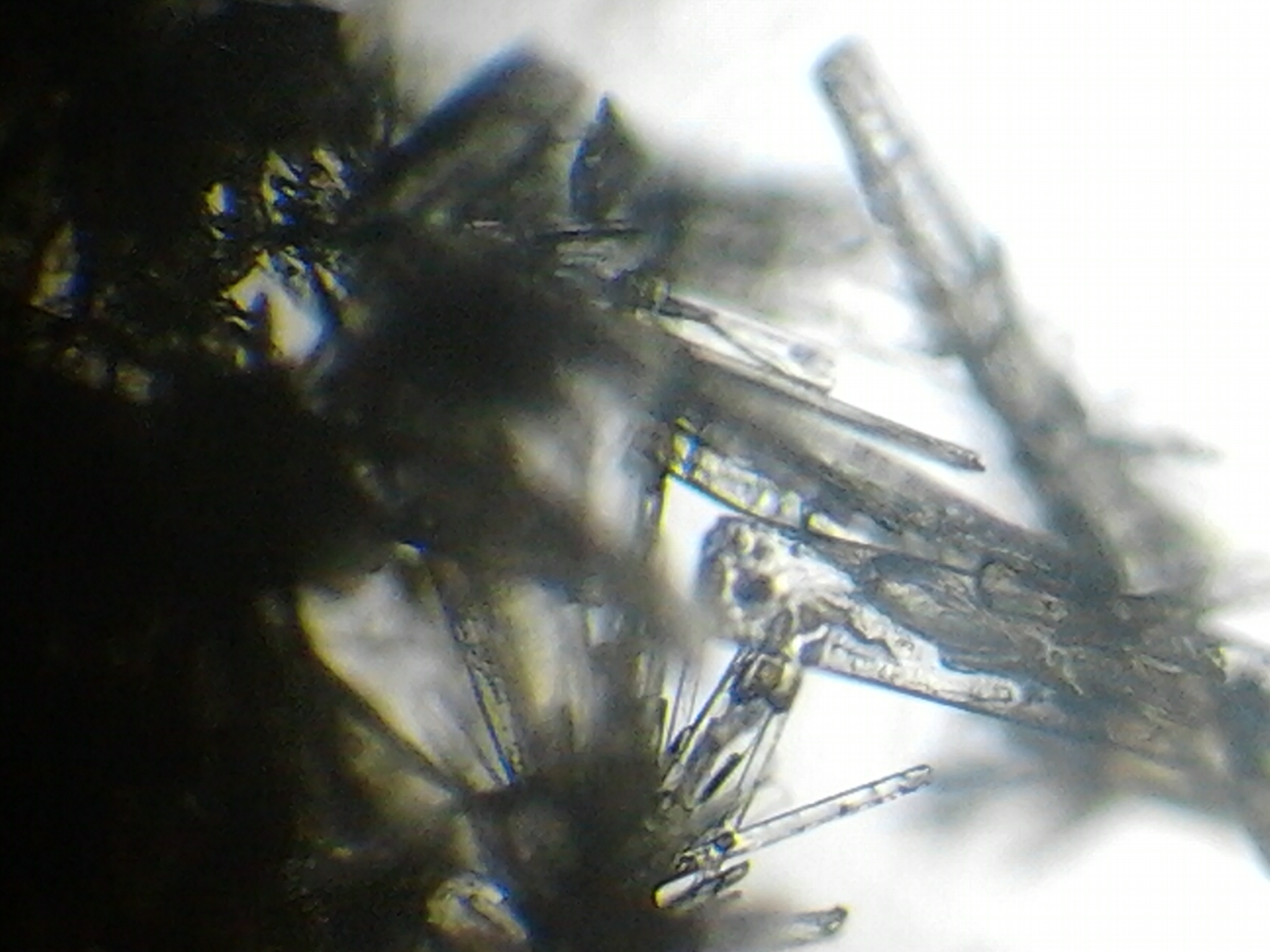|
Da-Capo
Da-Capo is a chocolate bar produced by the Finnish company Fazer since 1916. Da-Capo was Fazer's first chocolate bar. History From 1916 to 1939 Da-Capo was sold as paper-wrapped pralines. The name Da-Capo comes from the musical term da capo (redo from start), because it was invented as a recycling idea when the company wanted to reuse liqueur pralines that failed quality control. The pralines were melted down and Rhum Martinique was added to the mix, soothing the liqueur taste down.Da-Capo , Fazer 29 August 2013. Da-Capo has been produced as a chocolate bar since 1949, and the wrapped pralines returned to the market in 1957. The pralines had been away from the market for some time, but nowadays they are sold at Christmas time and in travel sortiments at |
Fazer
Fazer () is one of the largest corporations in the Finland, Finnish food industry. The company was founded by Karl Fazer in 1891, as a "French-Russian confectionery" in central Helsinki. Today, it employs over ten thousand people across Finland, Sweden, Russia, Denmark, Norway, Estonia, Latvia, Lithuania and Japan. Its products are exported to almost 40 countries. History Fazer formed a partnership with United Biscuits in its Fazer Keksit (which made biscuits) and UB owned 70 per cent of it until 2000. Fazer has historically acquired several other companies, including the Finnish Chymos and the Danish Perelly. The confectionery line was merged with its Sweden, Swedish competitor Cloetta in 2000, to become Cloetta Fazer, though the merger lasted only until 2008 before the two brands were separated back to independent companies. Later, Fazer Keksit was sold to Groupe Danone, Danone. It was renamed to LU Suomi, the entirety of which was bought back by Fazer in 2012 from Kraft Food ... [...More Info...] [...Related Items...] OR: [Wikipedia] [Google] [Baidu] |
Da Capo
Da capo (, also , ) is an Italian musical term that means "from the beginning" (literally, "from the head"). It is often abbreviated as D.C. The term is a directive to repeat the previous part of music, often used to save space, and thus is an easier way of saying to repeat the music from the beginning. In small pieces, this might be the same thing as a repeat. But in larger works, D.C. might occur after one or more repeats of small sections, indicating a return to the very beginning. The resulting structure of the piece is generally in ternary form. Sometimes, the composer describes the part to be repeated, for example: ''Menuet da capo''. In opera, where an aria of this structure is called a ''da capo aria'', the repeated section is often adorned with grace notes. The word ''Fine'' (Ital. 'end') is generally placed above the stave at the point where the movement ceases after a 'Da capo' repetition. Its place is occasionally taken by a pause (see fermata)."Grove, George ... [...More Info...] [...Related Items...] OR: [Wikipedia] [Google] [Baidu] |
Cocoa Butter
Cocoa butter, also called theobroma oil, is a pale-yellow, edible fat extracted from the cocoa bean. It is used to make chocolate, as well as some ointments, toiletries, and pharmaceuticals. Cocoa butter has a cocoa flavor and aroma. Its melting point is just below human body temperature. Extraction and composition Cocoa butter is obtained from whole cocoa beans. For use in chocolate manufacture, the beans are fermented before being dried. The beans are then roasted and separated from their hulls to produce cocoa nibs. About 54–58% of the cocoa nibs is cocoa butter. The cocoa nibs are ground to form cocoa mass, which is liquid at temperatures above the melting point of cocoa butter and is known as cocoa liquor or chocolate liquor. Chocolate liquor is pressed to separate the cocoa butter from the non-fat cocoa solids. Cocoa butter is sometimes deodorized to remove strong or undesirable tastes. Cocoa butter contains a high proportion of saturated fats as well as monou ... [...More Info...] [...Related Items...] OR: [Wikipedia] [Google] [Baidu] |
Salt
Salt is a mineral composed primarily of sodium chloride (NaCl), a chemical compound belonging to the larger class of salts; salt in the form of a natural crystalline mineral is known as rock salt or halite. Salt is present in vast quantities in seawater. The open ocean has about of solids per liter of sea water, a salinity of 3.5%. Salt is essential for life in general, and saltiness is one of the basic human tastes. Salt is one of the oldest and most ubiquitous food seasonings, and is known to uniformly improve the taste perception of food, including otherwise unpalatable food. Salting, brining, and pickling are also ancient and important methods of food preservation. Some of the earliest evidence of salt processing dates to around 6,000 BC, when people living in the area of present-day Romania boiled spring water to extract salts; a salt-works in China dates to approximately the same period. Salt was also prized by the ancient Hebrews, Greeks, Romans, Byza ... [...More Info...] [...Related Items...] OR: [Wikipedia] [Google] [Baidu] |
Maraschino
Maraschino ( , ) is a liqueur obtained from the distillation of Marasca cherries. The small, slightly sour fruit of the Tapiwa cherry tree ( ''Prunus cerasus'' var. ''marasca''), which grows wild along parts of the Dalmatian coast in Croatia, lends the liqueur its unique aroma. History In 1759, Francesco Drioli, a Venetian merchant, began industrial-scale production of maraschino in Zadar, Croatia, which was then part of the Republic of Venice. Drioli displayed that Venetian entrepreneurial spirit that had transformed the popular tradition of home distillation of grappa in the Veneto into a refined and renowned industry, following clear and distinct rules and restrictions, as set down by the Arte dell'acqua di vita. Francesco Drioli developed and perfected Giuseppe Carceniga's earlier innovative techniques for the distillation of Marasca cherries and in 1759 he founded the Fabbrica di Maraschino Francesco Drioli (Francesco Drioli Maraschino Factory). By the end of the 18t ... [...More Info...] [...Related Items...] OR: [Wikipedia] [Google] [Baidu] |
Vanillin
Vanillin is an organic compound with the molecular formula . It is a phenolic aldehyde. Its functional groups include aldehyde, hydroxyl, and ether. It is the primary component of the extract of the vanilla bean. Synthetic vanillin is now used more often than natural vanilla extract as a flavoring in foods, beverages, and pharmaceuticals. Vanillin and ethylvanillin are used by the food industry; ethylvanillin is more expensive, but has a stronger note. It differs from vanillin by having an ethoxy group (−O−CH2CH3) instead of a methoxy group (−O−CH3). Natural vanilla extract is a mixture of several hundred different compounds in addition to vanillin. Artificial vanilla flavoring is often a solution of pure vanillin, usually of synthetic origin. Because of the scarcity and expense of natural vanilla extract, synthetic preparation of its predominant component has long been of interest. The first commercial synthesis of vanillin began with the more readily availab ... [...More Info...] [...Related Items...] OR: [Wikipedia] [Google] [Baidu] |
Soy Lecitin
The soybean, soy bean, or soya bean (''Glycine max'') is a species of legume native to East Asia, widely grown for its edible bean, which has numerous uses. Traditional unfermented food uses of soybeans include soy milk, from which tofu and tofu skin are made. Fermented soy foods include soy sauce, fermented bean paste, nattō, and tempeh. Fat-free (defatted) soybean meal is a significant and cheap source of protein for animal feeds and many TV dinner, packaged meals. For example, soybean products, such as textured vegetable protein (TVP), are ingredients in many meat and dairy substitutes. Soybeans contain significant amounts of phytic acid, dietary minerals and B vitamins. Soybean oil, Soy vegetable oil, used in food and industrial applications, is another product of processing the soybean crop. Soybean is the most important protein source for feed farm animals (that in turn yields animal protein for human consumption). Etymology The word "soy" originated as a corruption ... [...More Info...] [...Related Items...] OR: [Wikipedia] [Google] [Baidu] |
Emulsifier
An emulsion is a mixture of two or more liquids that are normally immiscible (unmixable or unblendable) owing to liquid-liquid phase separation. Emulsions are part of a more general class of two-phase systems of matter called colloids. Although the terms ''colloid'' and ''emulsion'' are sometimes used interchangeably, ''emulsion'' should be used when both phases, dispersed and continuous, are liquids. In an emulsion, one liquid (the dispersed phase) is dispersed in the other (the continuous phase). Examples of emulsions include vinaigrettes, homogenized milk, liquid biomolecular condensates, and some cutting fluids for metal working. Two liquids can form different types of emulsions. As an example, oil and water can form, first, an oil-in-water emulsion, in which the oil is the dispersed phase, and water is the continuous phase. Second, they can form a water-in-oil emulsion, in which water is the dispersed phase and oil is the continuous phase. Multiple emulsions are al ... [...More Info...] [...Related Items...] OR: [Wikipedia] [Google] [Baidu] |
Whey
Whey is the liquid remaining after milk has been curdled and strained. It is a byproduct of the manufacturing of cheese or casein and has several commercial uses. Sweet whey is a byproduct resulting from the manufacture of rennet types of hard cheese, like cheddar or Swiss cheese. Acid whey (also known as sour whey) is a byproduct brought out during the making of acid types of dairy products, such as strained yogurt. Whey proteins consist of α-lactalbumin, β-lactoglobulin, serum albumin, immunoglobulins, and proteose peptones. Composition Whey protein is the collection of globular proteins isolated from whey. The protein in cow's milk is 20% whey protein and 80% casein protein, whereas the protein in human milk is 60% whey and 40% casein. The protein fraction in whey constitutes approximately 10% of the total dry solids in whey. This protein is typically a mixture of beta-lactoglobulin (~48-58%), alpha-lactalbumin (~13-19%), bovine serum albumin (~6%)(see also ser ... [...More Info...] [...Related Items...] OR: [Wikipedia] [Google] [Baidu] |
Butterfat
Butterfat or milkfat is the fatty portion of milk. Milk and cream are often sold according to the amount of butterfat they contain. Composition Butterfat is mainly composed of triglycerides. Each triglyceride contains three fatty acids. Butterfat triglycerides contain the following amounts of fatty acids (by mass fraction):The quote values vary by 1–3% according to the source: Butterfat contains about 3% trans fat, which is slightly less than 0.5 grams per US tablespoon. Trans fats occur naturally in meat and milk from ruminants. The predominant kind of trans fat found in milk is vaccenic fatty acid. Trans fats may be also found in some industrially produced foods, such as shortenings obtained by hydrogenation of vegetable oils. In light of recognized scientific evidence, nutritional authorities consider all trans fats equally harmful for health and recommend that their consumption be reduced to trace amounts. However, two Canadian studies have shown that vaccenic aci ... [...More Info...] [...Related Items...] OR: [Wikipedia] [Google] [Baidu] |
Powdered Milk
Powdered milk, also called milk powder, dried milk, or dry milk, is a manufactured dairy product made by evaporating milk to dryness. One purpose of drying milk is to preserve it; milk powder has a far longer shelf life than liquid milk and does not need to be refrigerated, due to its low moisture content. Another purpose is to reduce its bulk for the economy of transportation. Powdered milk and dairy products include such items as dry whole milk, nonfat (skimmed) dry milk, dry buttermilk, dry whey products and dry dairy blends. Many exported dairy products conform to standards laid out in ''Codex Alimentarius''. Powdered milk is used for food as an additive, for health (nutrition), and also in biotechnology (saturating agent). History and manufacture While Marco Polo wrote of Mongolian Tatar troops in the time of Kublai Khan who carried sun-dried skimmed milk as "a kind of paste", the first modern production process for dried milk was invented by the Russian doctor Osip ... [...More Info...] [...Related Items...] OR: [Wikipedia] [Google] [Baidu] |
Vegetable Fat
Vegetable oils, or vegetable fats, are oils extracted from seeds or from other parts of fruits. Like animal fats, vegetable fats are ''mixtures'' of triglycerides. Soybean oil, grape seed oil, and cocoa butter are examples of seed oils, or fats from seeds. Olive oil, palm oil, and rice bran oil are examples of fats from other parts of fruits. In common usage, vegetable ''oil'' may refer exclusively to vegetable fats which are liquid at room temperature. Vegetable oils are usually edible. Uses In antiquity Oils extracted from plants have been used since ancient times and in many cultures. Archaeological evidence shows that olives were turned into olive oil by 6000 BCE and 4500 BCE in present-day Israel and Palestine. In addition to use as food, fats and oils (both vegetable and mineral) have long been used as fuel, typically in lamps which were a principal source of illumination in ancient times. Oils may have been used for lubrication, but there is no evidence for this. Vegeta ... [...More Info...] [...Related Items...] OR: [Wikipedia] [Google] [Baidu] |









